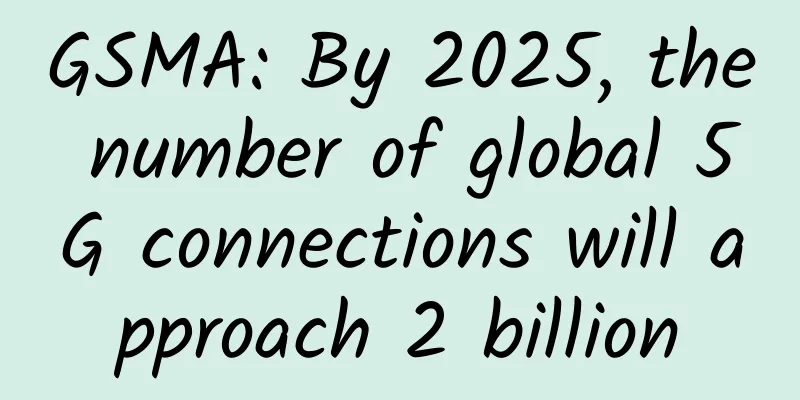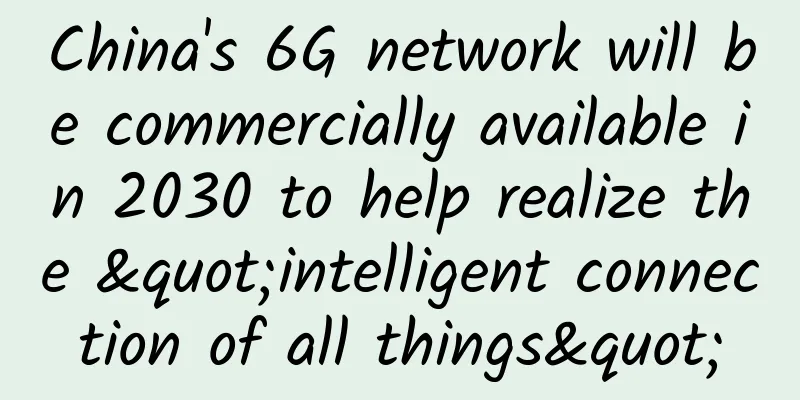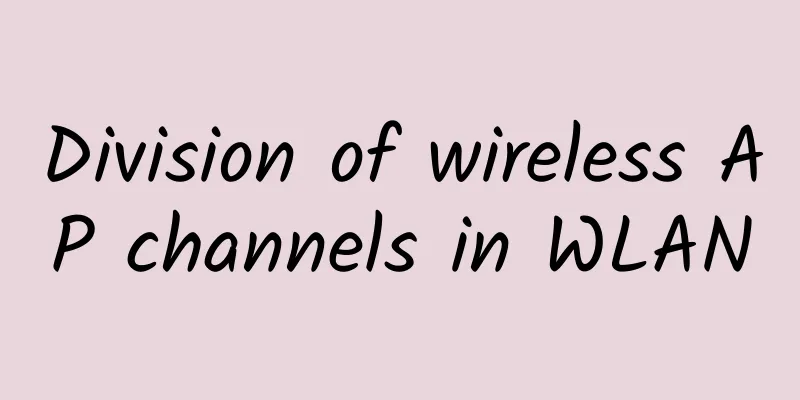GSMA: By 2025, the number of global 5G connections will approach 2 billion

|
On June 30, according to foreign media reports, a recent forecast shows that by the end of 2025, 5G connections will account for about one-fifth of the total mobile connections. This will bring 5G connections to nearly 2 billion. According to a report from MobileWorldLive, the GSMA forecast says that by the end of 2025, there will be 1.8 billion 5G connections. In other words, this will account for 21% of total connections, with regions such as Asia Pacific and North America leading the world in adoption. Nearly half of these 5G connections will come from China, as it is expected that China will have 828 million 5G connections by 2025. The industry body shared the news in its latest Mobile Economy Report, adding that two in five people are expected to live within 5G network coverage within the next few years, and GSMA also said that the adoption of the technology will account for 53% of total connections in Australia, Japan, Singapore and South Korea. On the other hand, China alone will account for half of the total 5G connections worldwide. In addition, by 2020, mobile communication technology and services will also contribute US$4.4 trillion to global GDP (US$4.1 trillion in 2019), and is expected to reach US$5 trillion by the end of 2025. From 1G to 4G, personal communications have changed more, and the arrival of the 5G era will usher in a new stage of industrial Internet. 5G has the characteristics of high speed, wide connection, and low latency, which will promote the transformation of business, skills and services. Industries such as medical care, industry, and finance will benefit from 5G technology. |
>>: Policies continue to increase, an overview of my country's 5G policies in the first half of 2021
Recommend
spinservers adds San Jose China Telecom network server, $139/month-Dual E5-2630Lv3/64G memory/1.6T SSD hard disk
spinservers recently sent new product information...
New breakthrough in 5G technology: The cost of millimeter wave equipment has been greatly reduced, and antennas can be directly "printed"
Researchers at Georgia Institute of Technology, N...
Just now! ZTE Announcement: Affected by the rejection order, the company's main business activities can no longer be carried out!
On the evening of May 9, ZTE issued an announceme...
What is Layer 4 and Layer 7 load balancing? What is the difference between them?
In the early days of the website, we generally us...
EtherNetservers: Los Angeles/New Jersey/Miami VPS annual payment starts at $14.95, supports Alipay/PayPal payment
EtherNetservers released the latest promotion in ...
The basics of optical fiber you must know
1. Classification of optical fiber Optical fibers...
How data centers work today and in the future
The data center of the future will rely on cloud ...
Top 7 web scraping tools for 2019
The Internet is constantly flooded with new infor...
Can hyper-converged systems benefit from SDN architecture?
Hyperconverged systems are rapidly gaining popula...
Virtono: 25% off San Jose VPS starting at 2.2 Euros per month, free double memory
Virtono is a foreign VPS hosting company founded ...
Have you ever been cheated by your cell phone plan? It’s time to say “no” to your carrier
As a non-rich person, have you ever applied for v...
TNAHosting: 12GB memory OpenVZ monthly payment from $5, 4GB memory KVM monthly payment from $5
I checked and it's been exactly one year sinc...
Can IoT survive downtime?
Asia has high hopes for the Internet of Things. I...
What will the Internet look like in 10 years?
The Internet has evolved tremendously over the pa...
How Desktop Cloud Helps Application Innovation
Desktop cloud (also known as cloud desktop, deskt...









